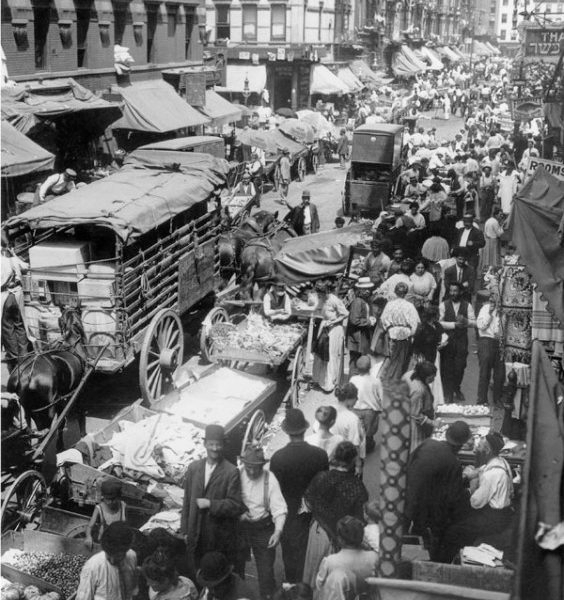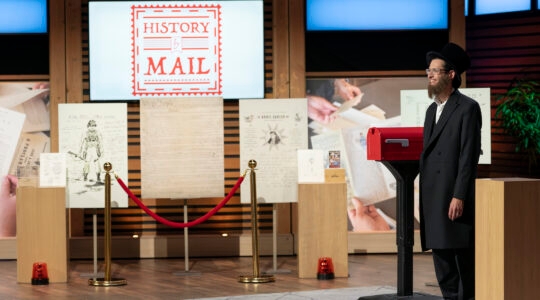
A snapshot of turn-of-the-century Lower East Side reveals Jewish greenhorns peddling, hawking, and bargaining in Yiddish. There are meat and fish carts, vegetables, tailors, artists, and theater-troupes. And, of course, there are bagels.
In the early 20th century, there were so many bagel makers, in fact, that a trade union local needed to be established to fight for workers’ rights. Which is why 300 bagel craftsmen joined together to form the Local 338. By 1915, the local represented 34 area bakeries.
Gentrified, jalapeno-and-tofu-spread monstrosities these were not. The Local 338 had strict rules for how a bagel should be crafted: weighing two to three ounces, a proper bagel was made with high-gluten flour and mixed with malt syrup, salt, water, and yeast. They were half the size of what we’re used to today and sold on strings of five dozen.
Excepting a labor dispute in 1951 that led to a bagel famine throughout Manhattan, Local 338 controlled the bagel game until the advent of the Thompson Bagel Machine in the 1960s. The newfangled industrial bagel maker could pump out 300 dozen in the same time it took two men to make 125 dozen. Sadly, the voracious march of progress was no match for our bagel artisans, and in the early 1970s, Local 338 closed their doors. Fortunately, the close of the union didn’t harken the end of the city’s bagel-making. If it had this unforgettable 16mm short wouldn’t have been made, and YouTube would be poorer for it.
JTA has documented Jewish history in real-time for over a century. Keep our journalism strong by joining us in supporting independent, award-winning reporting.





